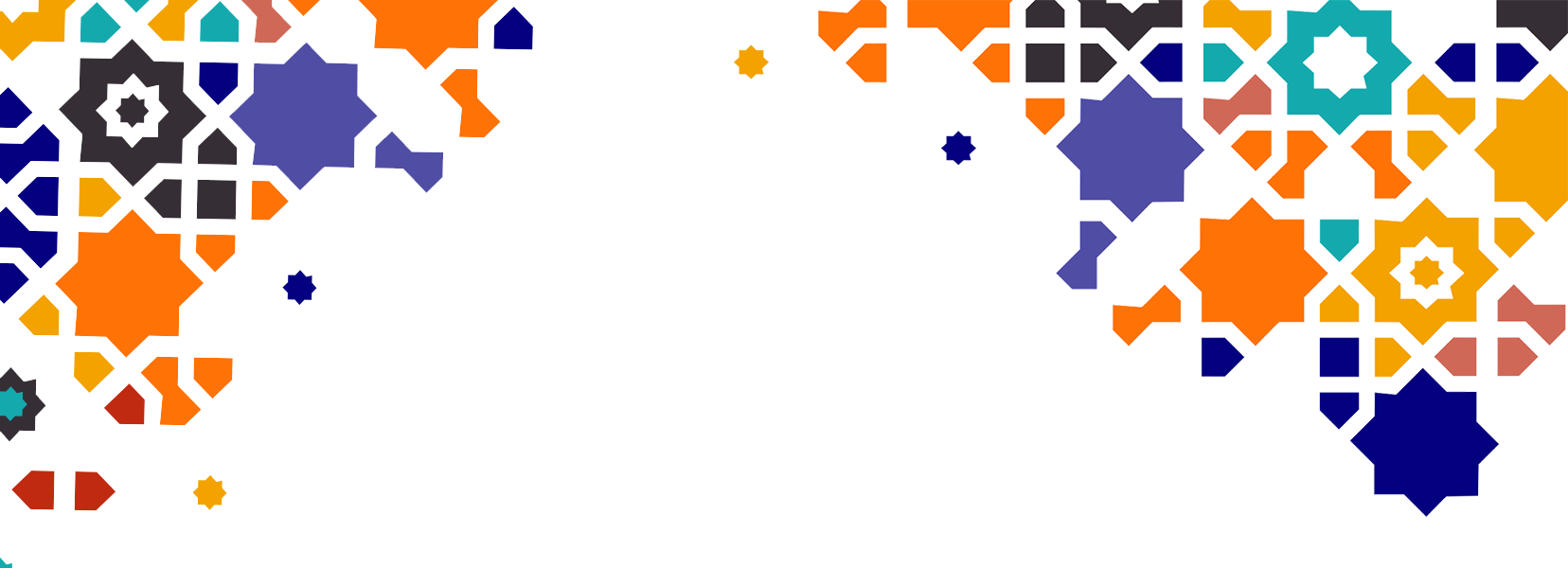
Semitic languages : Heritage of Humanity

Originally a family affair
Semitic languages reflect the history of mankind. Born in Africa and the Near East, the cradles of the human race, they are like a large family, bringing together venerable patriarchs who have more or less fallen into oblivion but whose written testament remains, descendants of a renaissance firmly rooted in modernity, and heirs who have remained faithful to the first lineage. Indeed, Egyptian hieroglyphics, Assyrian cuneiform, Phoenician and Aramaic are all "dead" languages whose symbols, engraved or drawn, gradually gave rise to the Hebrew,
Arabic and Amharic alphabets. Hebrew,Arabic and Amharic are "living" languages, spoken, written and read from the Maghreb to the Persian Gulf, via the Horn of Africa and the Levant.
Noah's son, Shem ("name" in Hebrew), is thought to have been their common ancestor, and to have passed on, like so many shared genes, the use of triliteral roots, fricative consonants and right-to-left transcription.
Liturgical language, vernacular language

Hebrew and Arabic are inseparable from Judaism and Islam, as the languages of their respective books, but they have not followed the same historical meanders.
While it remained the liturgical language of the Jewish people in the Diaspora, ancient or biblical Hebrew only entered modernity under the impetus of Eliezer Ben-Yehouda in the 19th century, before being adopted as the official language by the young State of Israel on its creation in 1948. BlendingSpanish, German and Arabic, Hebrew had also given rise, several centuries earlier, to regional dialects (Ladino, Yiddish, Judeo-Arabic).
Today, Hebrew is spoken by over 9 million people worldwide. Classical or literary Arabic originated with the Koran in the 7th century in the region that gave it its name, Arabia, and has remained unchanged ever since. A language of poetry, erudition and science, it must be distinguished from its dialectal variants, which are as numerous as the countries of the Arab-Muslim zone. With the spread of Islam, its alphabet was adopted by Indo-European languages such as Farsi and Urdu. Among its 400 million speakers are the Christians of Lebanon, Syria, Iraq, Egypt and the Holy Land, who also use it for liturgical purposes, but combine it with other ancient and disappearing Semitic languages such as Aramaic and Coptic.
Speaking each other's language : a shared heritage
In the region, Israel has also made Arabic one of its three official languages. Israeli literature is rich in examples of linguistic appropriation and mixed works, such as those by the Palestinian-born writer Anton Shammas, known for his short stories, poems and articles, as well as his translations from Arabic into Hebrew. In Jerusalem and Tel Aviv,
the A.M.A.L ("hope" in Arabic) organization, founded by the aptly named Ishmael Ben Israel, commissions Palestinian students to teach Arabic in elementary school and offers courses via an online platform to thousands of students.
There are two reasons for this growing interest in learning the language: curiosity about one's neighbor's culture, and the rediscovery of one's own roots for descendants of Jews from the Maghreb or the Middle East. In Egypt, oriental language departments offer Hebrew courses, as at Al-Azar University in Cairo, while in Dubai and Abu Dhabi, language schools recently opened in the wake of the Abraham Accords are increasingly attracting Emirati businessmen. It's as if, for the sons of Shem, speaking the other's language is a way of reconnecting with the heritage shared with not-so-distant cousins.
Sources :
L’hébreu, langue mouvante d’un pays qui change (la-croix.com)
Les langues sémitiques (unige.ch)
De plus en plus d'Israéliens se mettent à l'arabe - The Times of Israël (timesofisrael.com)
Hebrew language in high demand in Gulf states – DW – 03/11/2021

